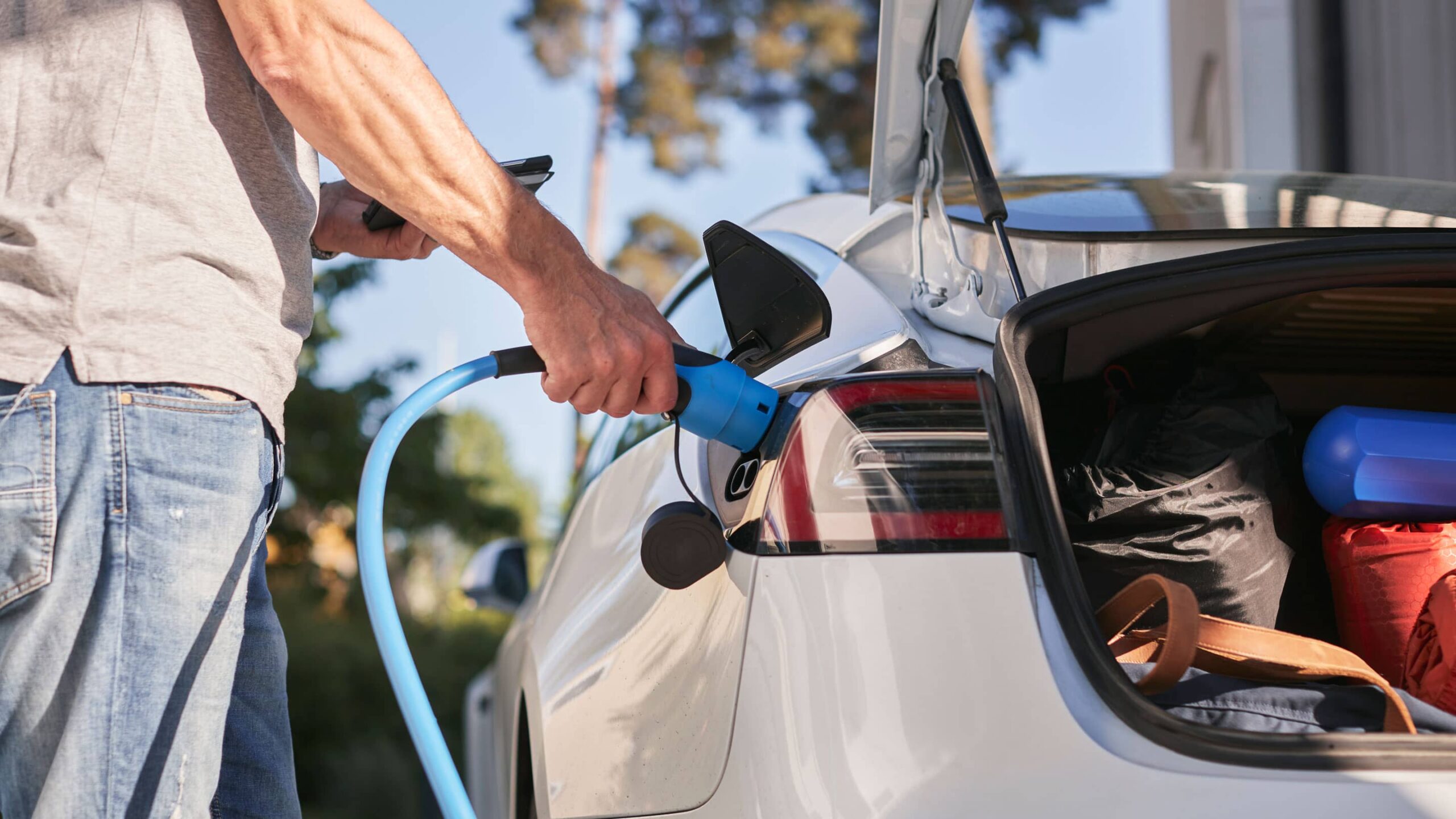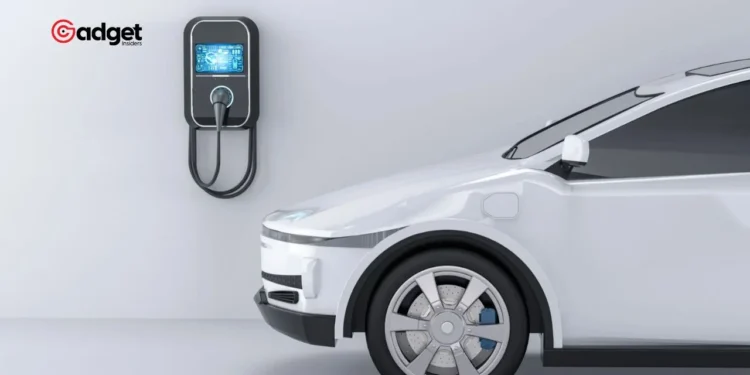As the global automotive industry leans increasingly towards sustainability, electric vehicles (EVs) are touted as the future of transport. However, a recent British study reveals a troubling aspect of this shift—electric and hybrid vehicles are more likely to be involved in accidents with pedestrians than their gasoline and diesel counterparts, particularly in urban settings.

Increased Pedestrian Risks with Electric Vehicles
The research, analyzing a staggering 32 billion miles driven by battery-powered vehicles against 3 trillion miles by gasoline and diesel cars, concluded that electric and hybrid vehicles struck pedestrians twice as often per mile traveled. In densely populated cities, the risk tripled, as highlighted in a report by The Guardian.
These findings are particularly alarming as road traffic incidents remain the leading cause of death for children and young people in the UK, with pedestrians making up a significant portion of these fatalities.
The Silent Threat of Electric Cars
One of the suspected reasons for the higher incidence rate with electric vehicles is their silent operation. Traditional combustion engines are audible, especially when accelerating, but EVs can approach unnoticed. This characteristic, while reducing noise pollution, poses a unique hazard in busy urban environments where auditory cues are crucial for pedestrian safety.

“Individuals rely on sound to gauge the presence, speed, and trajectory of oncoming vehicles,” notes Nicola Christie, a transport safety lecturer at UCL. The absence of these sound cues makes it difficult for pedestrians, especially those with impaired vision or children who struggle with judging vehicle speed and distance, to navigate streets safely.
Regulatory Responses and Safety Innovations
In response to these concerns, regulations have been implemented. Since July 2019, new hybrid and electric cars sold in Europe are required to have an acoustic vehicle warning system that activates while the vehicle is slowing down. Yet, this measure does not cover hundreds of thousands of older models, which still lack such systems. Retrofitting these vehicles with auditory warning devices could be a vital step in enhancing pedestrian safety.
Moreover, the “Green Cross Code,” a guide for safe pedestrian behavior, may need updates to address the modern challenges posed by electric vehicles, as suggested by the researchers.

Balancing Safety and Sustainability
While electric vehicles offer substantial environmental benefits and are part of a broader strategy to reduce carbon emissions, their impact on road safety is a growing concern.
According to a 2017 U.S. Department of Transportation report, electric and hybrid vehicles are 20% more likely to be involved in pedestrian accidents than traditional cars, and this risk increases to 50% during low-speed maneuvers like turning or reversing.
This increased risk is compounded by the generally heavier weight of EVs, attributed to their large batteries.
“The simple law of physics dictates that in a collision, the heavier vehicle imposes a greater risk to the lighter one,” explains Raul Arbelaez, vice president at the IIHS Vehicle Research Center. This not only affects pedestrians but also occupants of lighter vehicles involved in collisions with heavier electric cars.

Looking Ahead: The Future of EVs and Pedestrian Safety
Despite these safety concerns, the demand for electric vehicles continues to grow, driven by their lower operating costs and environmental benefits. The International Energy Agency predicts that by 2024, one in every five cars sold globally will be electric, a trend that will reshape the automotive landscape significantly by 2035.
As the adoption of electric vehicles accelerates, addressing their implications for pedestrian safety becomes increasingly urgent. Ensuring that the benefits of green technology do not come at the expense of public safety will require concerted efforts from vehicle manufacturers, policymakers, and the community.
The transition to electric vehicles is an essential part of our sustainable future, but it must be navigated carefully to safeguard all road users, emphasizing a balanced approach to innovation and safety.










